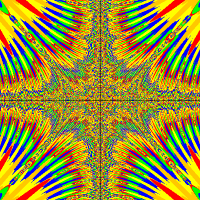Hi,
I have attempted to make some sort of gravity in my game. But the characters keeps sinking into the tile. I know where the error is within the checkGround() method but I am unsure on how to fix it. Scenario is located here: http://www.greenfoot.org/scenarios/8881





